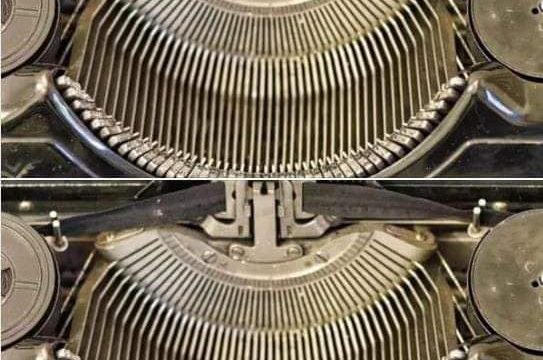
When it comes to solving mathematical problems, following the correct order of operations is crucial. Many people often make mistakes by not following the rules, especially when equations involve multiple operations such as addition and multiplication. Let’s explore the right way to solve this equation: 6 + 6 * 6 + 4.
At first glance, it might seem confusing. Some might think the solution is simply to go from left to right and add and multiply as they see fit. However, that would lead to an incorrect answer. The secret to solving this equation correctly lies in understanding the order of operations, commonly remembered by the acronym PEMDAS.
What is PEMDAS?
PEMDAS stands for:
- P: Parentheses
- E: Exponents
- M: Multiplication
- D: Division
- A: Addition
- S: Subtraction
According to this rule, you must perform operations in the following order:
- Parentheses
- Exponents
- Multiplication and Division (from left to right)
- Addition and Subtraction (from left to right)
Now that we understand the order of operations, let’s apply it to our equation:
Step-by-Step Breakdown:
The original equation is:
6 + 6 * 6 + 4
Following PEMDAS, we need to solve any multiplication first, before performing addition or subtraction. So, let’s focus on the multiplication part:
6 * 6 = 36
Now, substitute that into the original equation:
6 + 36 + 4
Next, perform the addition from left to right:
6 + 36 = 42
Finally:
42 + 4 = 46
Final Answer:
So, the correct answer to 6 + 6 * 6 + 4 is 46.

Many people might mistakenly solve this by adding first, which would give them a wrong result. For example, if someone were to add 6 + 6 first (getting 12) and then multiply 12 * 6, they would arrive at 72. Adding 4 to that would give them a total of 76, which is incorrect.
Why the Right Approach Matters:
Understanding the order of operations is important not just in math class but in real-life situations where calculations are involved. Whether you’re calculating expenses, measurements, or even coding, knowing the correct way to approach an equation can save you from costly mistakes.
So, remember PEMDAS next time you’re faced with a tricky math problem, and you’ll never go wrong!





